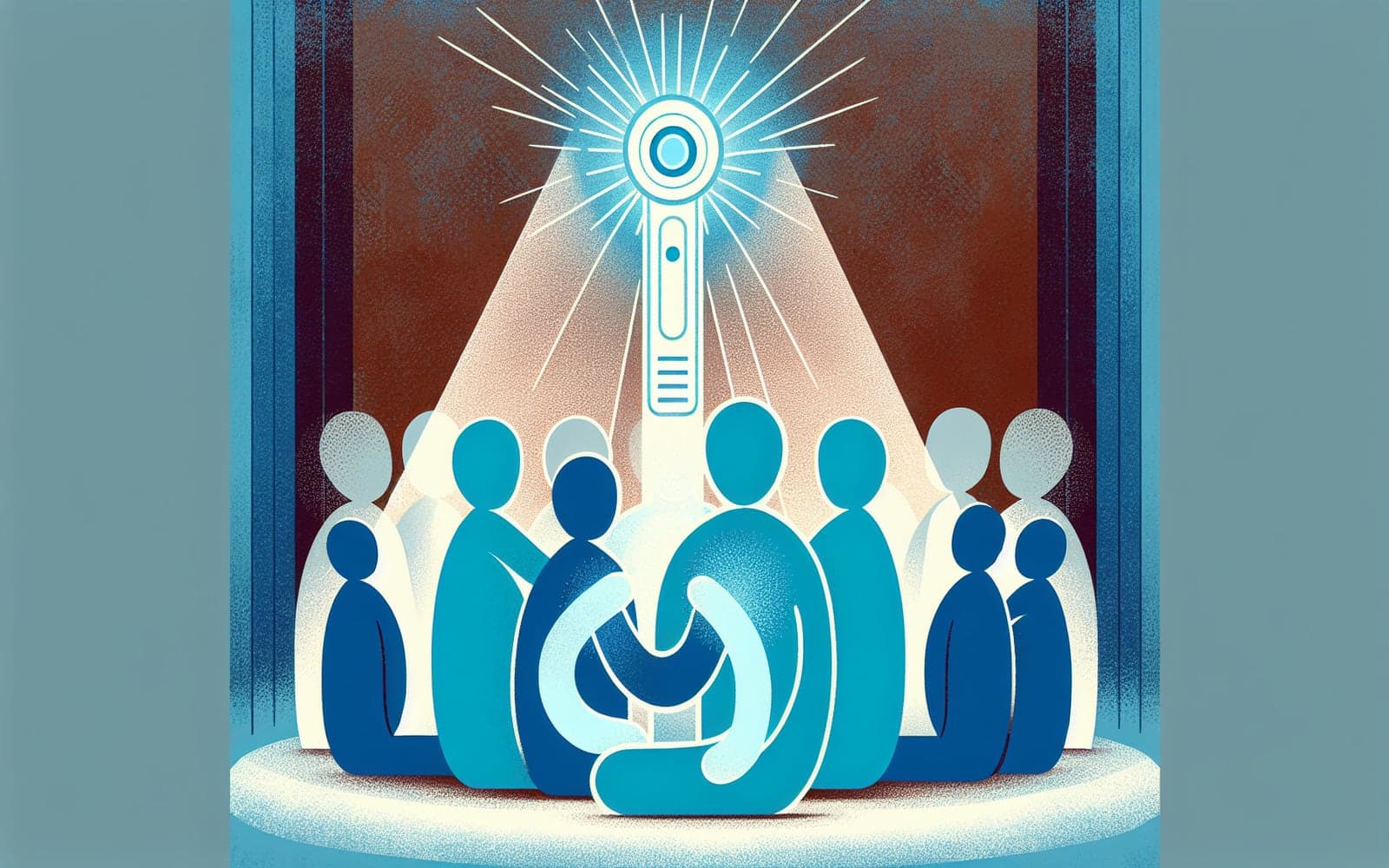Light Therapy for Acne: Illuminating a New Treatment Option?
Published: Apr 27, 2024
Could the key to clearer skin be as simple as shining a light on it? Light-based therapies are emerging as a potential treatment for acne. But how do they work, and are they effective?
Contents
How Light Therapy Fights Acne
Light therapy works by targeting the bacteria that cause acne. These bacteria produce chemicals called porphyrins, which absorb light. When exposed to certain wavelengths, particularly blue light, the porphyrins create a reaction that kills the bacteria. Red light can also help by reducing inflammation and promoting healing.
Types of Light Therapy
Several types of light therapy are used for acne. These include blue light, red light, and combination blue-red light treatments. More advanced options like photodynamic therapy use light-sensitive medications to enhance the effect. Lasers and intense pulsed light (IPL) devices are also used, often targeting oil glands directly.

Effectiveness and Limitations
While some studies show promise, the overall effectiveness of light therapy for acne is still unclear. Results can vary widely between individuals. Light therapy may work best for mild to moderate acne and as part of a comprehensive treatment plan. It's generally not recommended as a first-line treatment.
Frequently Asked Questions
Generally yes, but it can cause temporary redness and sensitivity.
Multiple sessions are typically required for best results.
Some are available, but professional treatments may be more effective.
Key Takeaways
While more research is needed, light therapy offers a promising, non-drug option for some acne sufferers.
Curious if light therapy could help your acne? Talk to Doctronic about your treatment options.Related Articles
References
Barbaric J, et al. Light therapies for acne. Cochrane Database Syst Rev 2016; 9:CD007917.
Haedersdal M, et al. Evidence-based review of lasers, light sources and photodynamic therapy in the treatment of acne vulgaris. J Eur Acad Dermatol Venereol 2008; 22:267.
Always discuss health information with your healthcare provider.